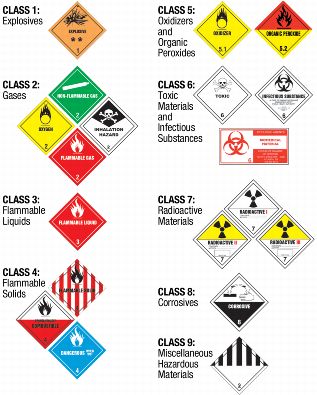Preparation is key in incident response. Any business needs not only a continuity plan, but an SWPCC (storm water pollution prevention, and contamination control) and other environmental release plan. These plans should cover who to call, what methods of contamination to use, how to document everything that occurs from release to full cleanup, and how long the site should be under constant surveillance to ensure the release is fully contained and no more residual discharge occurs. Involving local entities like fire departments and police is important because you need to have them sign off on your emergency response plan before it can be validated and used. They need to sign off on it so that multiple departments don't all show up without knowing the location and what to do. That uses up valuable time, and also causes issues with the departments themselves because they have sent out many men to something that they may not have even been needed for.
During an incident, it is important to have an environmental specialist from your company on site overseeing the duties and activities of all those involved in the site response. He or she should be "CO" and direct all actions during the response. He or she should also be charged with documenting every individual who entered under his or her chain of command so that in the event that statements are needed from any individuals. Along with this, there should also be a protocol for entering and leaving the site so that all people are accounted for, and so that people crucial to the successful completion of the emergency response are nowhere to be found and difficult to contact.
Following the successful cleanup, full investigation should be done into the cause of the release or root of the problem. That may involve a facility wide audit, or shutdown of machines to have maintenance crews check them for leaks. It may call for a site evaluation from outside experts if your business is not staffed to handle a high level investigation. Regardless, it is something that needs to be done to prevent any future releases or discharges.
http://www.environment.nsw.gov.au/resources/legislation/201200227egpreppirmp.pdf
https://www.sepa.org.uk/media/100557/ppg-21-pollution-incident-response-planning.pdf
https://www.sydneywater.com.au/web/groups/publicwebcontent/documents/document/zgrf/mdq1/~edisp/dd_045259.pdf




